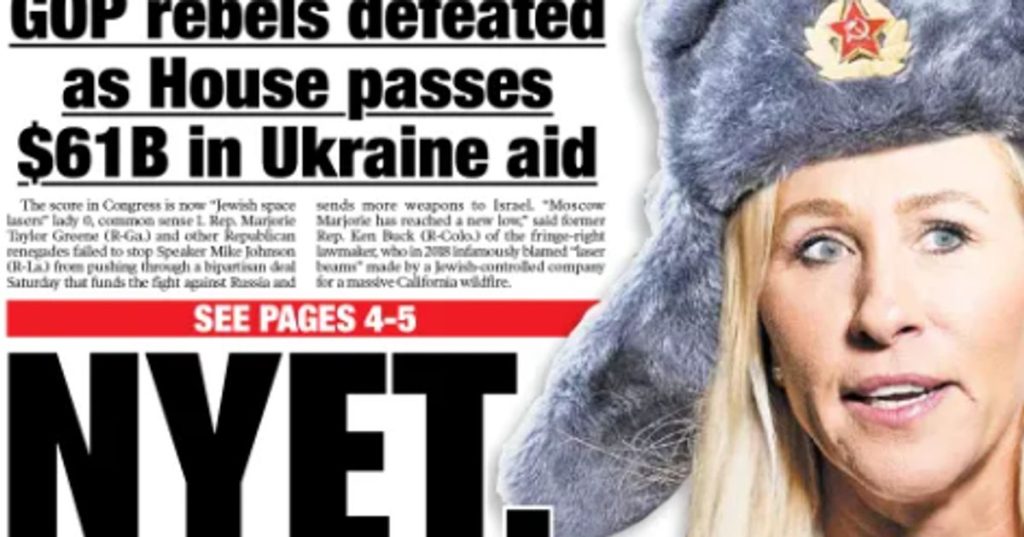In a recent article published by a conservative tabloid, a far-right Republican politician was given a “Russian makeover” in an attempt to boost his image among voters. The tabloid, known for its controversial and sensationalized reporting, used tactics commonly associated with Russian propaganda to paint the politician in a more favorable light. This included highlighting his strong stance on national security issues and promoting him as a strong and decisive leader.
The article focused on the politician’s hardline approach to dealing with perceived threats from foreign adversaries, particularly Russia. By emphasizing his tough stance on national security, the tabloid sought to appeal to conservative voters who prioritize a strong defense and assertive foreign policy. The “Russian makeover” included imagery and language designed to evoke a sense of patriotism and nationalism, tapping into the fears and anxieties of an increasingly polarized electorate.
The use of Russian propaganda tactics in the article reflects a broader trend of politicians and media outlets using divisive and inflammatory rhetoric to manipulate public opinion. By playing on fears and stereotypes, these actors seek to rally their supporters and demonize their opponents. In this case, the tabloid’s portrayal of the far-right Republican politician as a staunch defender of American values and interests aligned with the narrative of Russian interference in domestic politics.
The article also sought to capitalize on the public’s skepticism towards traditional sources of news and information. By presenting the politician in a positive light through a conservative tabloid known for its sensationalized reporting, the article aimed to bypass mainstream media scrutiny and reach a receptive audience. This strategy is part of a larger trend of politicians and media outlets using alternative forms of communication to shape public opinion and bypass traditional channels of information.
The “Russian makeover” given to the far-right Republican politician highlights the blurred lines between propaganda, media manipulation, and political messaging in the digital age. With the proliferation of social media and alternative news sources, politicians and media outlets have unprecedented opportunities to shape public opinion and influence the political landscape. By tapping into the fears and biases of their target audience, they seek to sway public opinion and solidify their support base.
Overall, the use of Russian propaganda tactics in the article signals a concerning development in the realm of political communication. As politicians and media outlets increasingly resort to divisive and inflammatory messaging to sway public opinion, the need for critical thinking and media literacy becomes more urgent. By recognizing and resisting attempts to manipulate public opinion, voters can safeguard democratic principles and hold their elected officials accountable.


